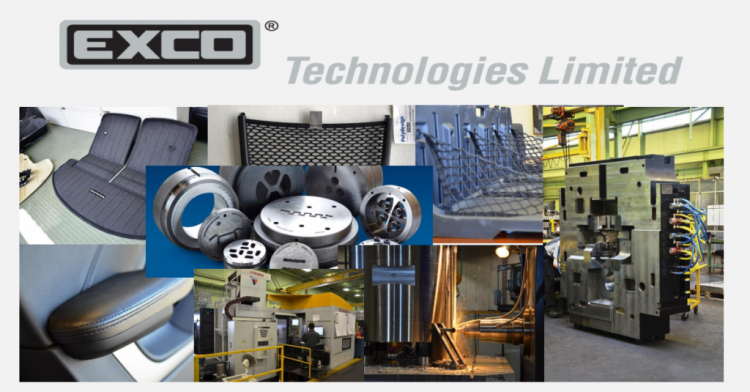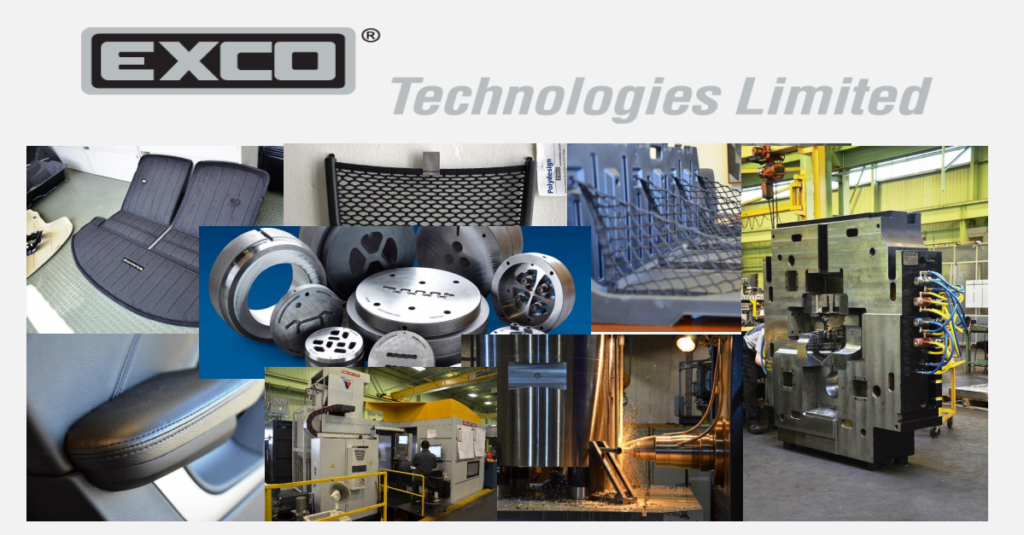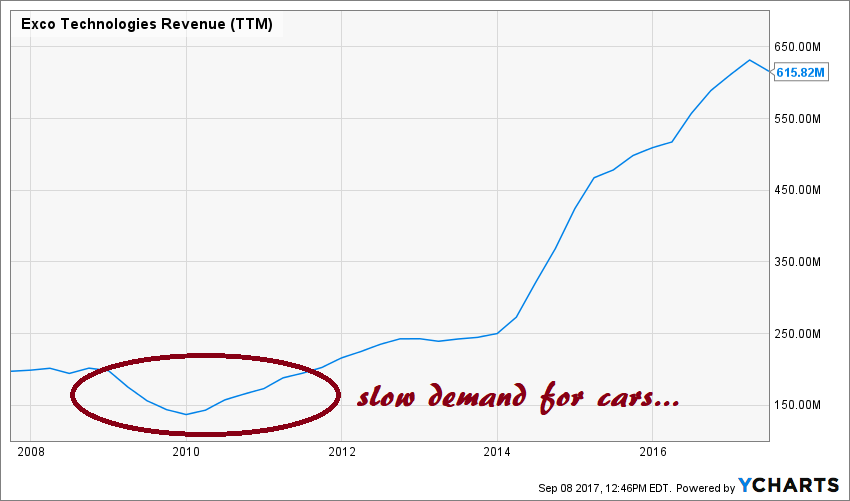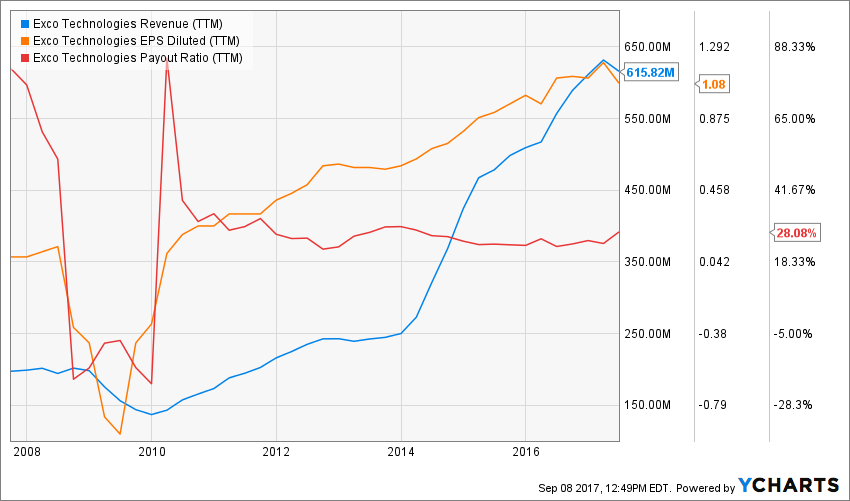
XTC is an industrial company working with the automotive industry. Exco (XTC.TO) is a global designer, developer, and manufacturer of dies, molds, equipment, components, and assemblies to the die-cast, extrusion, and automotive industries. What’s a “die” anyway? Here’s the complete definition from Wikipedia:
“A die is a specialized tool used in manufacturing industries to cut or shape material mostly using a press. Like molds, dies are generally customized to the item they are used to create. Products made with dies range from simple paper clips to complex pieces used in advanced technology.”
The company has 3 different segments: Automotive Solutions, Extrusion Tooling Solutions, and Die Cast Solutions. The automotive solutions segment is the most important segment for XTC.

Exco Q3 2017 presentation
Revenue

Revenue Graph from Ycharts
You can clearly see how XTC business depends on how the automobile industry goes. Management has made several acquisitions in the past few years to grow and diversify their business. Exco has in 2010, 2011, 2013, 2014, and 2016 made five acquisitions (Allper AG, Exco Colombia, Extrusion Texas, Automotive Leather Company, and AFX Industries) and may make others in the future.
Their latest quarter showed a drop in revenue mainly due to the permanent closure of the group’s loss-making Lesotho operations at the end of November 2016 and the run out of the BMW 5 Series seat cover program, which ended in February 2017. Management is also now focusing on higher margin activities to improve profits.
How XTC fares vs My 7 Principles of Investing
We all have our methods for analyzing a company. Over the years of trading, I’ve been through several stock research methodologies from various sources. This is how I came up with my 7 investing principles of dividend investing. Let’s take a closer look at them.

Source: Ycharts
Principle #1: High Dividend Yield Doesn’t Equal High Returns
My first investment principle goes against many income-seeking investors’ rules: I try to avoid most companies with a dividend yield over 5%. Very few investments like this will be made in my case (you can read my case against high dividend yield here). The reason is simple: when a company pays a high dividend, it’s because the market thinks it’s a risky investment… or that the company has nothing else but a constant cash flow to offer its investors. However, high yield hardly come with dividend growth and this is what I am seeking most.
For some reason, Ycharts can’t publish the dividend payment or the dividend yield. Therefore, I will not publish the usual graph in the following sub-section of my article.















